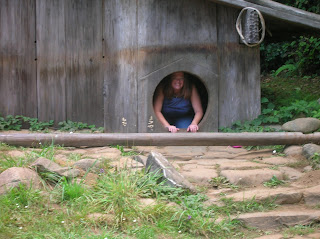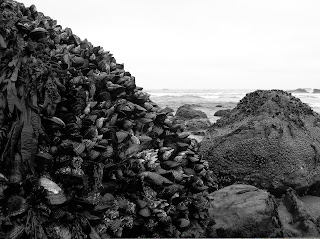Why do most people start yoga?
So why is it that people start practicing yoga? For some it's to help with their stress, to find their peace and inner balance. For others, it's to increase their flexibility, or to increase their fitness levels! For many it's to relieve some form of pain such as back pain. These are very general reasons but most people, I find, fall into one of those categories.
The beautiful aspect of yoga that I very much appreciate, is that ANYONE can do it! If you are 80 something years old and have never exercised, you can do yoga! If you are a double amputee, you can do yoga! If you are poor, you can do yoga! If you believe yourself to be extremely physically fit, yoga will give you that nudge you need to increase your endurance and your stamina! There is no specific body type required to do yoga. It's not like taking up swimming where you'll need hours and hours of lessons and training before you finally learn to swim that first lap! Yoga is there for anyone of ANY level of yogi practice.
Some people have purely physical reasons for doing yoga, some people have purely spiritual or mental reasons for doing yoga, most of us practice yoga for both the spiritual and physical benefits yoga can give us!
Yoga and the mind/spirit
*Increases happiness
*Improves discipline
*Enhances focus
*Improves reaction time
*Inspires better sleep
*Enhances self worth
Yoga and the body
*Increases flexibility
*Strengthens the muscles and tendons
*Increases bone density
*Improves balance and coordination
*Improves the function of the internal organs by twisting them and allowing fresh blood supply to them
*Burns energy (between 140-400 calories an hour)
*Decreases chance of injury
*Stabilizes hormones
*Decreases the chance of arthritis or other joint disease
*Decreases pain and fatigue
In short, when done properly, yoga is a comprehensive fitness program that will help you keep strong, limber, happy and healthy for the rest of your life. Yoga lets you try new things without fear, it gives you the chance to play again (act like that tree during Tree Pose). It teaches you about yourself, how you handle yourself with the frustration of falling for the 8th time during Crane Pose!
If you are very new to yoga, you need to start out in a beginners class, or buy yourself a beginners DVD. Be patient with yourself as you learn the poses, have fun with it, and know that what you are doing is extremely beneficial for your body, your mind, and your spirit. You will be amazed at what you will learn in a short amount of time.
Have fun with yoga. Fall into the lap of the Yoga Gods and Goddesses and explore the possibilities and the benefits that yoga will give you. Give yoga at least 8 weeks so that you can then decide if it is for you or not. I would bet that you will find at least one benefit that you absolutely adore about yoga, and it will push you to keep going with your practice.
Namaste~~~

























